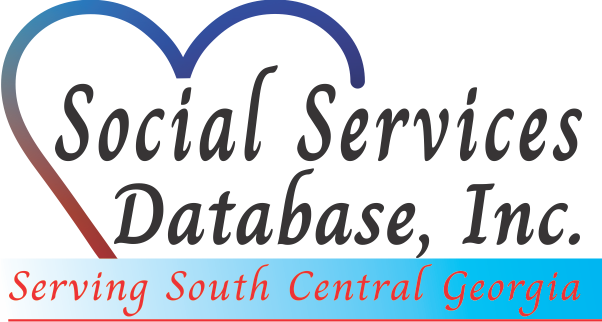September is National Food Safety Education Month, a great time to highlight knowledge from the food safety community and explore ways to promote safe food handling and prevent foodborne illnesses. While it’s important to practice safe food handling habits all year, this observance provides an opportunity to spend time reviewing, and emphasizing with your participants, the importance of food safety principles, such as:
- How to keep “bag” lunches safe – important for kids going back to or starting school, as well as moms who are going to school or work, or just on-the-go.
- General food safety – important when handling, storing, and preparing food, including fruits and vegetables
- Food Safety for Children and Pregnant and Breastfeeding Women – important for these at-risk populations
You can also stay up-to-date on food recalls and foodborne disease outbreaks with information maintained and updated by the CDC.
For those with a digital presence (websites, apps, and social media), you can further promote National Food Safety Education Month, and safe food handling throughout the year, with these digital tools:
- Free images and graphics from the Partnership for Food Safety Education
- Colorful graphics and social media messaging from the CDC
- Follow Foodsafety.gov on Twitter and Facebook
Free presentations, webinars and videos, several offering CEU credits, are available from the Partnership for Food Safety and Education. In addition, visit the CDC’s Food Safety Videos page to watch short, engaging videos, some available in Spanish, on topics such as Who is more at risk for food poisoning? and Maribel’s Story: How eating Queso Fresco harmed her unborn baby.
On the WIC Breastfeeding Support site, moms can find articles on how to sterilize and warm baby bottles safely and storing and thawing breast milk.
Intimate Partner Stalking
Fatality Review Report Released, Focus on Intimate Partner Stalking
View Project Webinars Online
![]() ga_domestic_violence_fatality_review_report_released_3.6.18.doc
ga_domestic_violence_fatality_review_report_released_3.6.18.doc
![]() 04090-1_annualreport_proof.pdf
04090-1_annualreport_proof.pdf
![]() cover_letter_for_14th_annual_fatality_review_report.doc
cover_letter_for_14th_annual_fatality_review_report.doc
Human Trafficking in Schools
Schools can and should be safe havens for students, and even more so for some students whose lives are otherwise characterized by instability and lack of safety or security. In these cases, school personnel are uniquely well positioned to identify and report suspected abuse and connect students to services— actions that can prevent trafficking and even save lives. Everyone who is part of the school community— administrators, teachers, bus drivers, maintenance personnel, food service staff, resource officers, and other school community members—has the potential to be an advocate for child victims of human trafficking, but, first, school community members must learn the indicators of the crime, its warning signs, and how to respond when a student is an apparent victim. For the U.S. Dept. of Education PDF, click here.
Voices for Children
Voices for Children released Georgia’s Child death report and unsafe sleep environments was the leading cause for infant child death. These deaths are preventable and that we must take action to prevent them from occurring.
The GBI has produced a video that you should both watch and share as a resource for families with infant children. It is vital that we direct families with substance abuse and mental health risk factors to watch the video and encourage that they implement safe sleep practices to ensure that their children remain safe and healthy. Both substance abuse and mental health issues have been identified as contributing factors in many of the child death cases.
